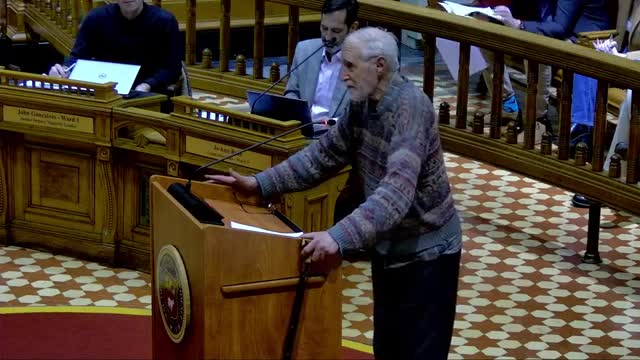
This article was created by AI using a video recording of the meeting. It summarizes the key points discussed, but for full details and context, please refer to the video of the full meeting. Link to Full Meeting
Council members emphasized the importance of intelligent land use through zoning, which is categorized into residential, commercial, and industrial zones. Within the residential category, there are four distinct zones designed to foster stable neighborhoods. The discussion underscored a consensus that certain areas, particularly the R2 zones, should remain unchanged to preserve their stability and character.
The phrase "If it ain't broke, don't fix it" resonated throughout the meeting, reflecting a cautious approach to zoning changes. Council members expressed concerns about the potential negative impacts of aggressive zoning reforms, suggesting that a "slash and burn" approach to urban planning could lead to further instability rather than improvement.
As Providence continues to navigate its growth and development, the discussions from this meeting signal a commitment to maintaining the integrity of established neighborhoods while considering the city's evolving needs. The council's focus on preserving stable areas indicates a desire to balance development with community stability, a crucial consideration as the city moves forward.
Converted from Providence City Council Meeting | Febuary 26th, 2025 | Committee on Ordinaces meeting on February 27, 2025
Link to Full Meeting
Comments
View full meeting
This article is based on a recent meeting—watch the full video and explore the complete transcript for deeper insights into the discussion.
View full meeting